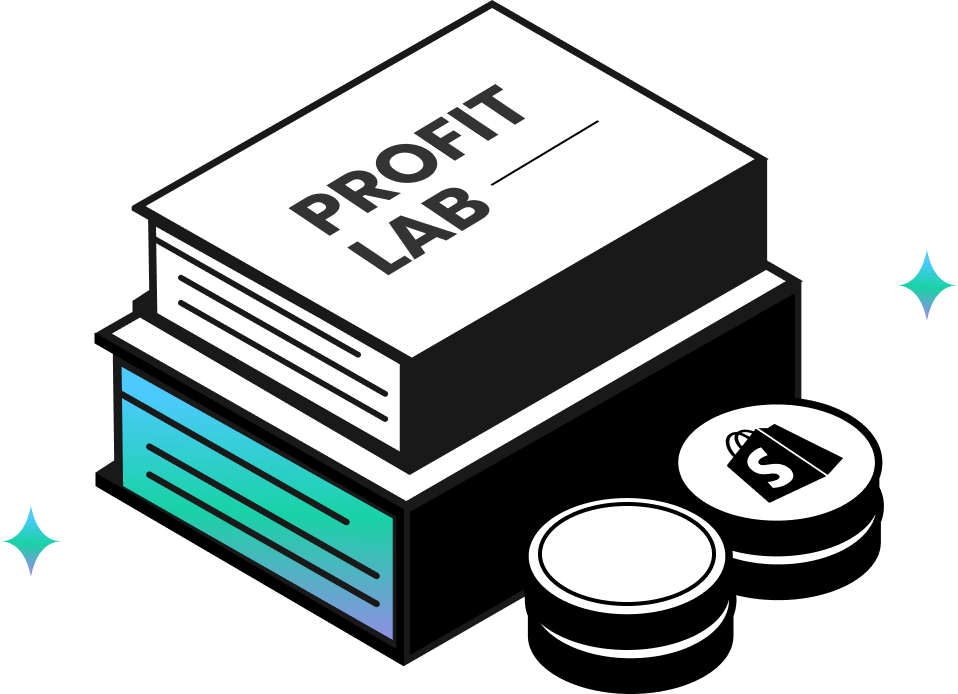
Post-Tariff BFCM: How to Scale Without Killing Your Margins
Let’s be real. This BFCM won’t be won by whoever spends the most. It’ll be won by whoever manages to keep the most.
Tariffs have rewritten the economics of ecommerce (especially for dropshippers and brands importing from China) and most people still haven’t adjusted.
They’re stuck in an outdated playbook: chase revenue now, worry about profit later. That approach never really worked, and it definitely won’t work this year.
This year, profit has to be engineered on purpose, and this guide will show you exactly how.
First, Check Your BFCM Reality
Planning without context is how brands get wiped out on margin.
Before we get tactical, here are the patterns we’ve seen across past BFCMs—and the signals already forming this year:
- CPMs climb before BFCM even starts: Expect CPMs to start rising in early November as brands pile in and competition heats up.
- Scaling in December gets brutally expensive: Ad costs peak while everyone fights for the last dollars of the year.
- December 25 starts the death valley: Get ready for a traffic drop from December 25 to January 1. Fighting it with ads can be margin suicide.
- Tariffs threatening to wipe out profit margins: Importing from China now means much higher product costs, duties, and freight.
Tactic #1: Test What Nobody Dares To Test
Offer testing is non-negotiable going into BFCM.
And nothing is off the table because you will be surprised by what actually works.
One of the craziest tests we have seen recently:
In August, a soap brand tested removing free shipping for regular orders and only kept it for special promo periods & certain bundles.
The result: Zero impact on conversion rate. Their margins improve tremendously as soap is heavy and the shipping costs can be high.
Tactic #2: Deep Discounts Are A No-No
From what I’m seeing across the smartest operators in eCommerce right now, there is one clear trend: Everyone is pulling back from deep discounting this BFCM.
And it makes sense. Deep discounting might drive revenue, but it destroys margin, attracts low-quality buyers, and makes recovery in Q1 painful.
The good news is, you can still win BFCM without racing to the bottom. You just need smarter offers:
- Gift With Purchase (GWP): Smart positioning: “Buy a gift, get something for yourself too.” During the holidays, people feel guilty buying for themselves. GWP removes that friction & lifts AOV without feeling like an upsell.
- Weekly Limited Offers: Rotate fresh weekly deals with a limited time window/limited inventory. This builds engagement & repeat visits throughout the entire BFCM period.
- Loss Leader with Margin Recovery: If you are confident in your upsells and cross-sells, you can discount a hero product for X days in a row to drive traffic, then recover your margin with strategic post-purchase upsells and bundles.
Tactic #3: Go Hard On Post-Purchase
Post-purchase is the highest-margin revenue you’ll make during BFCM.
You already paid to acquire the customer, so every additional order comes with no CAC. That means every post-purchase sale is almost pure margin.
Here is how to go aggressive with post-purchase this BFCM:
- Immediately after checkout: The moment someone completes a purchase, your confirmation page should present a one-time offer.
- Within 48 hours: Send exclusive offers via email/SMS across different product categories to drive a fast second purchase while buying intent is still hot.
- Through the entire BFCM period: Do not exclude recent buyers from your marketing. They are still shopping. Retarget them with bundles, upgrades, and limited-time drops.
Want to go deeper into post-purchase flows (plus all things email marketing for BFCM)? Check out our BFCM Email Marketing Master File.
Tactic #4: The Profit Control System
During BFCM, revenue goes up, but so does spend, inventory risk, and panic decisions.
This system keeps you profitable through the chaos:
Step 1: Calculate Your Budget
Q4 projected revenue × 0.6 = max ads + inventory
(If it pushes you below 40% margin, it’s off the table.)
Step 2: Lock Your January Fund
Most brands win in November and die in January. Don’t be one of them.
Set aside 15% of projected Q4 revenue as a restart fund.
Step 3: Channel Priority by Month
- October: Warm the audience. Prioritize remarketing + lookalikes while CPMs are still sane.
- November: Go aggressive with prospecting because traffic is at peak buying intent.
- December: Protect margin. Shift into retention + repeat buyers, they convert faster and cheaper.
Step 4: Emergency Scaling Buffer
When something hits, you need dry powder.
Reserve 10% of monthly budget for scaling winners fast.
Step 5: Hard Monthly Caps
Set a strict monthly spending limit and stick to it.
If you hit your November limit on the 25th, you stop spending—even if sales are still coming in.
Overspend in late November and you will starve December of budget and momentum.
Step 6: Track Profitability 24/7
BFCM reality: Sales can 10x overnight. So can losses.
When traffic surges and everyone's buying, you might be selling your way to bankruptcy without even knowing.
That is, if you don't have a live view of what’s happening beneath the revenue.
And that’s why TrueProfit is a must for Q4. Our tool shows real-time net profit after ALL costs, so you know what's working, kill what isn't, and scale profits when it matters most. Try TrueProfit for free.
Wrapping It Up
You already know what’s coming: higher tariffs, thinner margins, brutal competition. But Q4 will always reward those who understand profit and act fast. Don’t hope your way through BFCM. Build your system now and run it with discipline.

Founder of TrueProfit & eCommerce Profitability Expert
Harry Chu is the Founder of TrueProfit, a net profit tracking solution designed to help Shopify merchants gain real-time insights into their actual profits. With 11+ years of experience in eCommerce and technology, his expertise in profit analytics, cost tracking, and data-driven decision-making has made him a trusted voice for thousands of Shopify merchants.

 Keep Reading
Keep Reading


